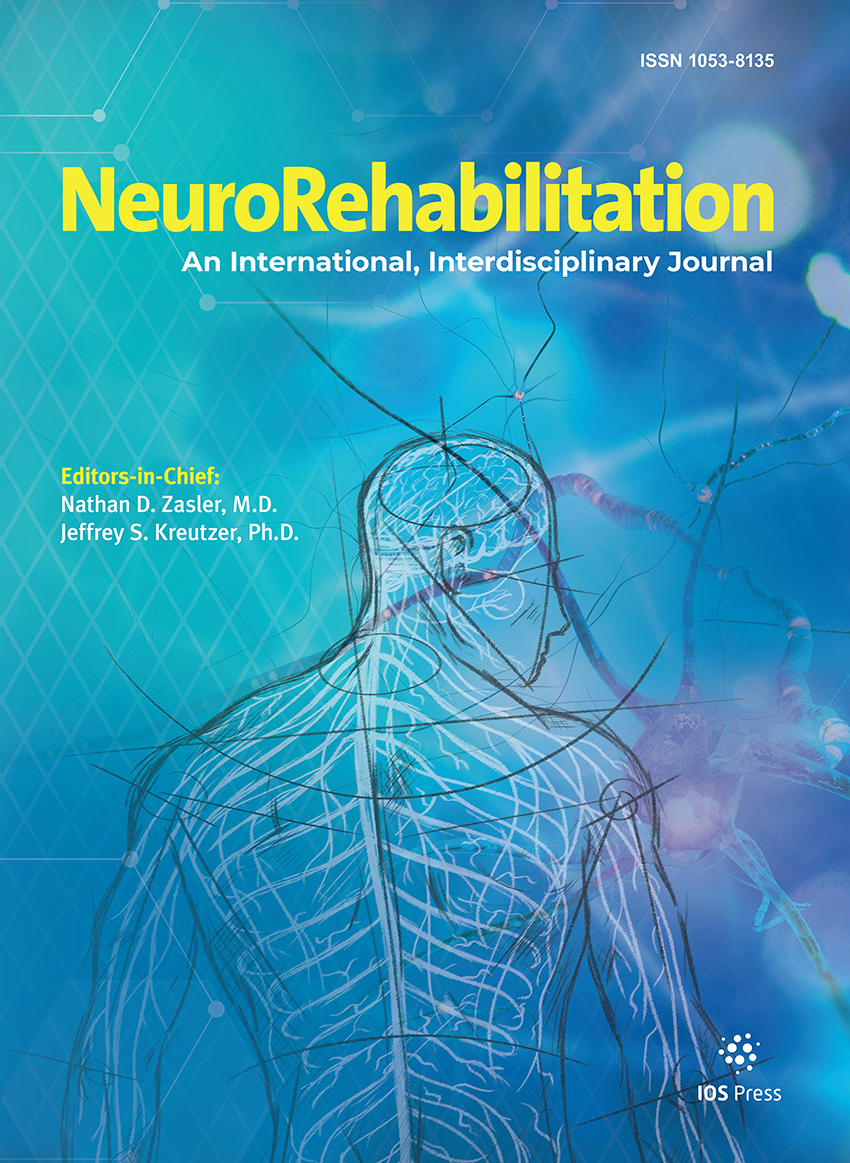Authors: Al-Jarrah, Muhammed D. | Jamous, Mohammed
Article Type:
Research Article
Abstract:
Goals and Objectives: Parkinson’s disease (PD) is one of the most common neurodegenerative diseases in elderly. Glial fibrillary acidic protein (GFAP), calcium-binding protein (S100B), and neuron-specific enolase (NSE) are brain damage markers. The main goal of this study is to investigate the expression of these markers in the striatum (ST) of chronic/progressive mouse model of PD, and to study the effect of endurance exercise training on the expression of those markers. Materials and Methods: In this study, forty C57BL/6 albino mice were randomly divided into four groups. Sedentary control (SC, n = 10), exercise control (ExC, n
…= 10), sedentary Parkinson’s (SPD, n = 10), and exercised Parkinson’s (ExPD, n = 10). Chronic Parkinsonism was induced by injecting the animals with 10 doses of 1-methyl-4-phenyl-1,2,3,6-tetrahydropyridine (25 mg/kg) and probenecid (250 mg/kg) over 5 weeks. Modified human treadmill was used to train the mice at a speed of 18 m/min, 0 degrees of inclination, 40 min/day, 5 days/week for 4 weeks. At the end of exercise training, we examined the expression of these markers on the striatum of the four animal groups using immunohistochemistry. Results and Discussion: Parkinsonism increases the expression of NSE, S100B, and GFAP in the ST, p value P < 0.001, < 0.05, and < 0.7 respectively compared with control group. Exercise training decreases the expression of NSE, S100B, and GFAP in the exercised PD mice compared with sedentary PD mice p value < 0.005, < 0.02, and < 0.40 respectively. Conclusion: Treadmill exercise training decreased the expression of brain damage markers in the striatum of chronic Parkinsonian mice, which can partially explain the beneficial neuroprotective role of exercise in patients with PD.
Show more
Keywords: Parkinson's disease, striatum, exercise
DOI: 10.3233/NRE-2011-0664
Citation: NeuroRehabilitation,
vol. 28, no. 4, pp. 359-363, 2011
Price: EUR 27.50





